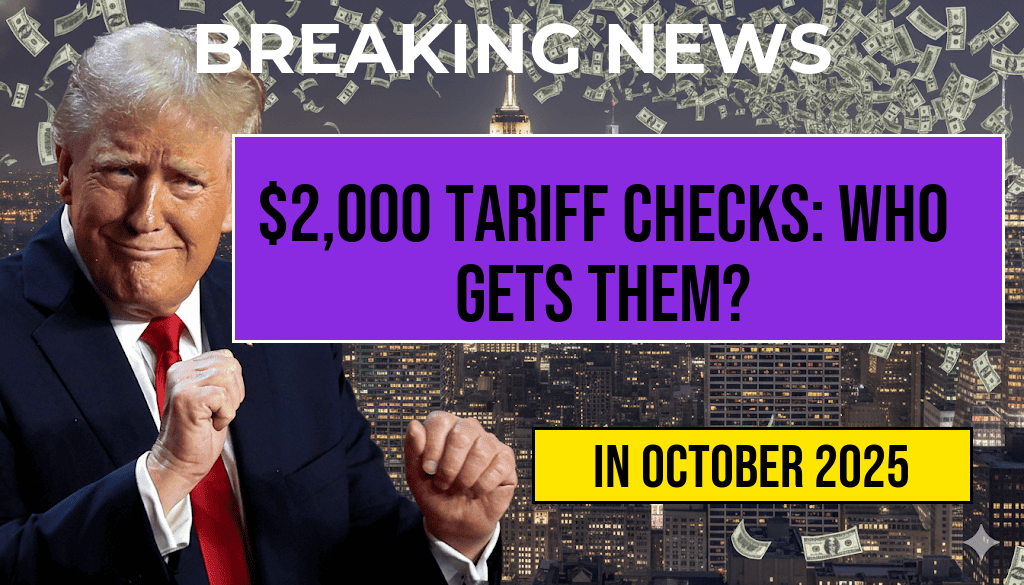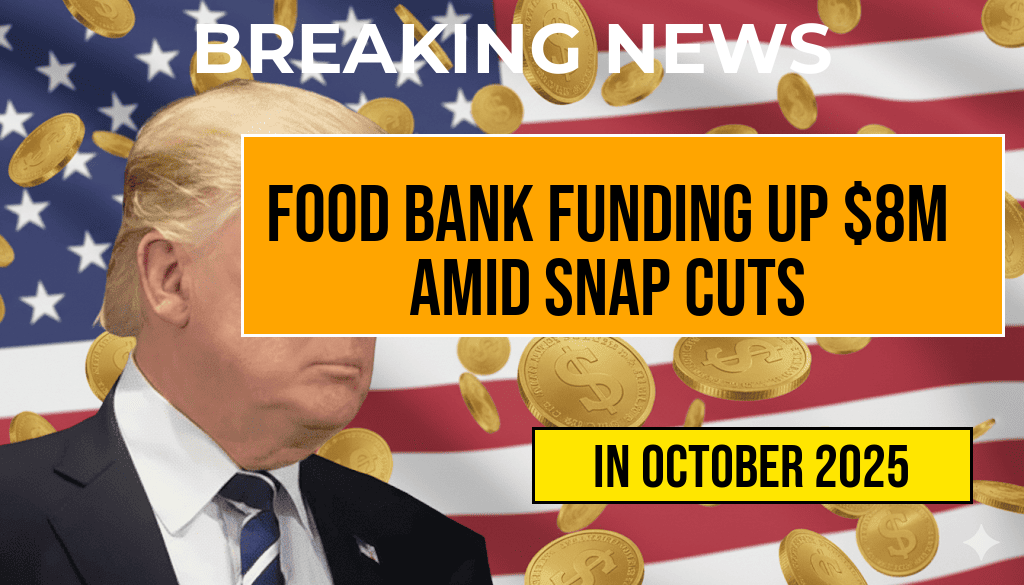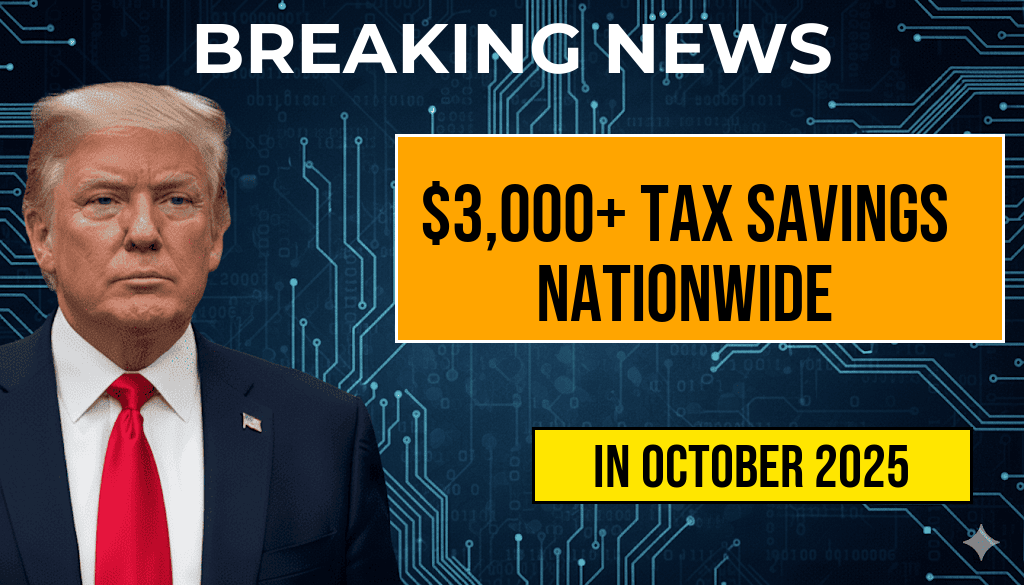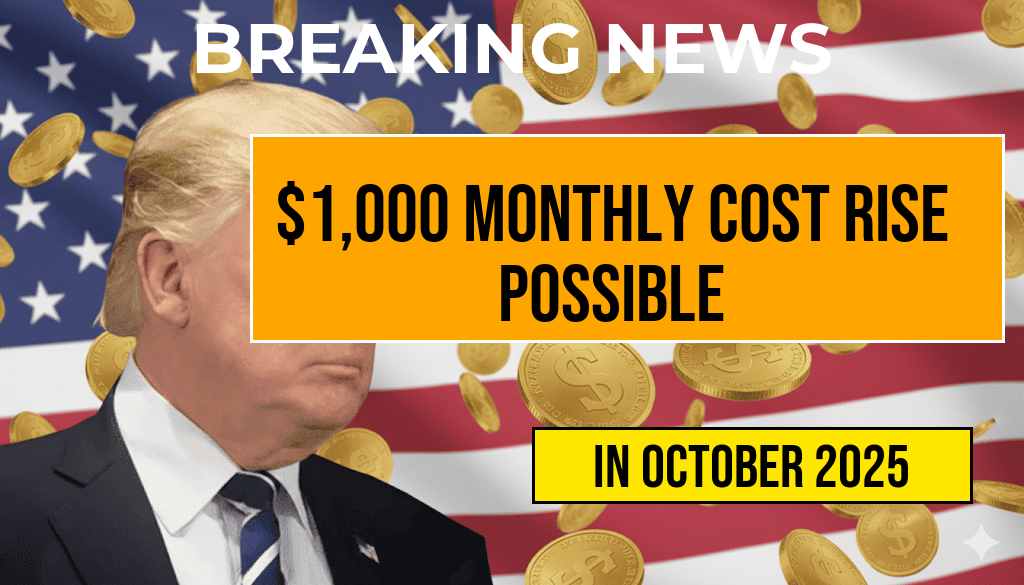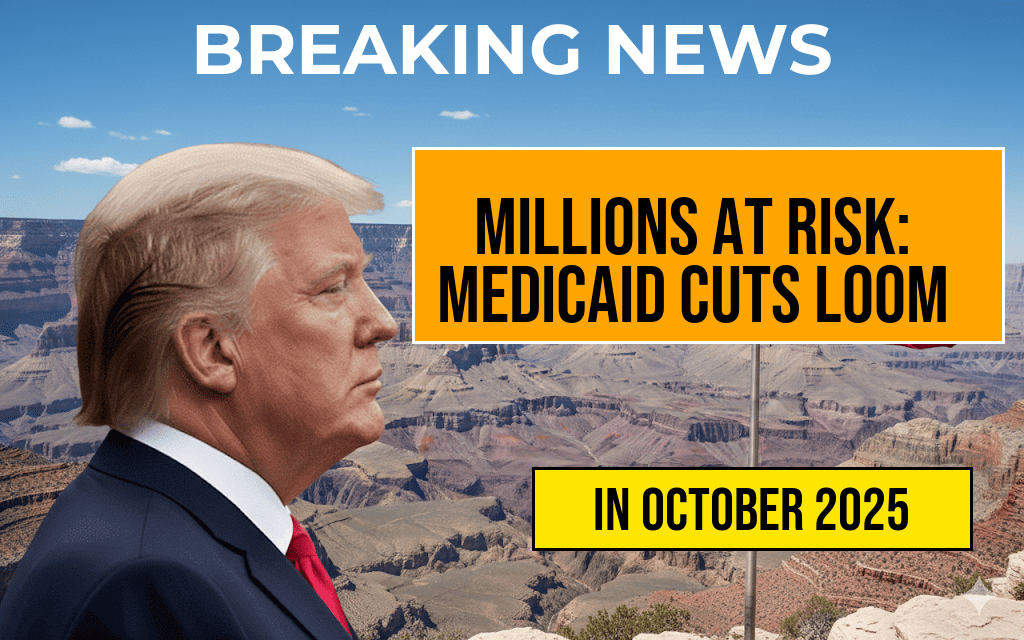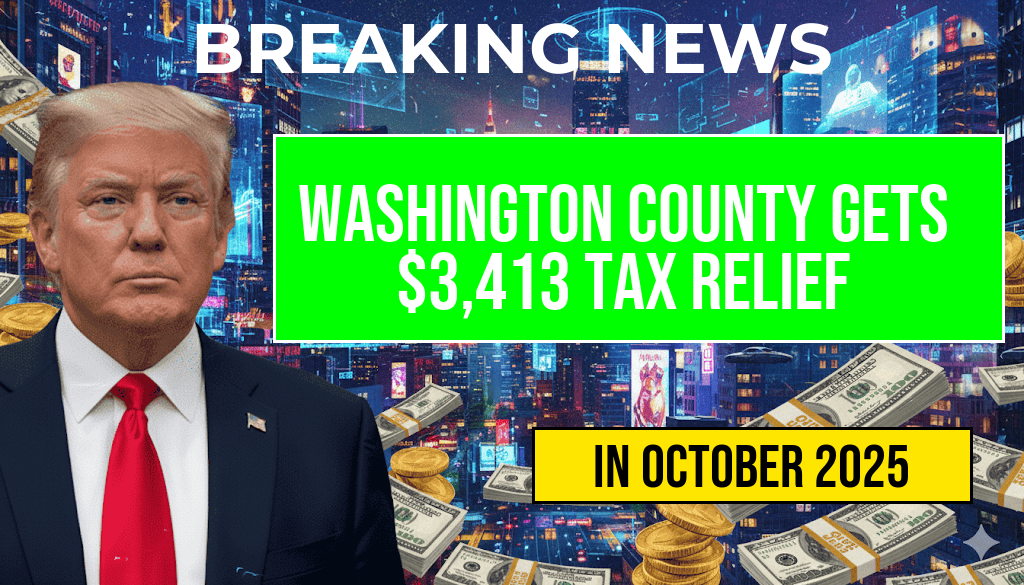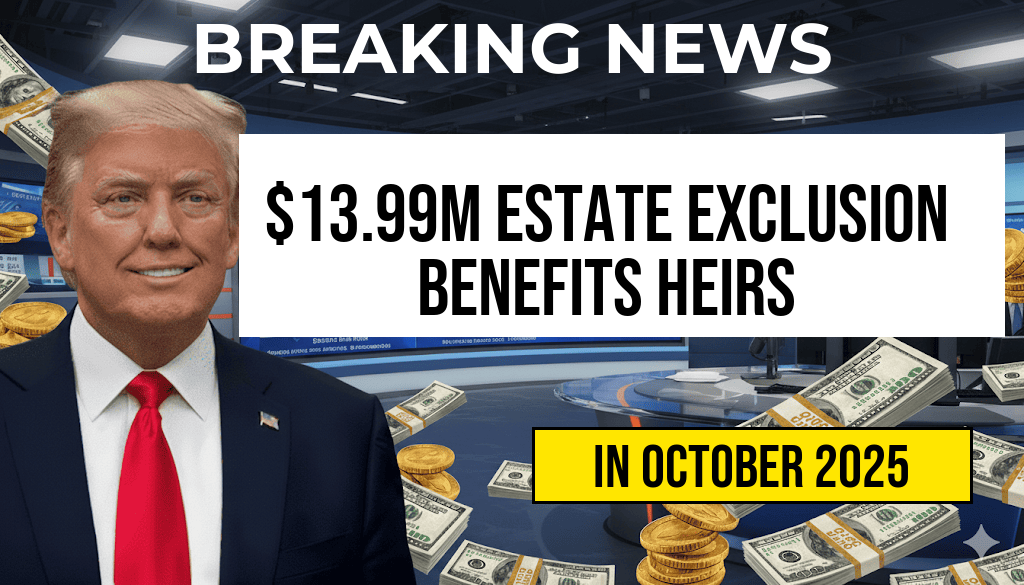A proposed federal policy aims to distribute $2,000 tariff dividend checks to American households as a response to recent trade disputes and economic adjustments. This initiative, currently under review by Congress, seeks to provide direct financial relief to consumers affected by tariffs imposed on imported goods. The proposal’s core objective is to mitigate inflationary pressures and support household budgets amidst ongoing trade tensions, particularly concerning Chinese imports and other international trade policies. While details remain under discussion, the plan has sparked widespread debate about eligibility criteria, funding sources, and potential economic impacts. As policymakers evaluate the proposal, many Americans are keen to understand who will receive these dividend checks and how the process will be implemented.
Background of the Tariff Dividend Proposal
Origins and Rationale
The idea of issuing $2,000 dividend checks stems from the Trump administration’s tariffs enacted during 2018 and 2019, aimed at protecting domestic industries and reducing trade deficits. Critics argued that tariffs often resulted in higher prices for consumers, effectively acting as a hidden tax. Supporters, however, contended that tariffs could generate revenue and bolster economic stability. The proposed dividend checks are envisioned as a way to return some of the tariff revenues directly to American households, offsetting increased costs caused by import taxes.
Legislative Status
Currently, the proposal is in the preliminary stages, with discussions taking place in Congress’ economic committees. The plan has garnered bipartisan interest but faces hurdles related to funding, eligibility, and legislative priorities. If approved, the distribution could begin as early as next year, depending on the legislative timeline and administrative preparations. For more on trade policies and tariffs, visit Wikipedia’s trade war overview.
Eligibility and Distribution Criteria
Who Will Receive the Checks?
The proposal specifies that the $2,000 dividend checks will primarily target American households that meet certain income thresholds, aiming to assist those most affected by tariff-induced price increases. The key eligibility factors include:
- Household income below a designated cap, likely around $100,000 annually.
- Filing status as a primary residence taxpayer.
- Proof of residence within the United States.
Exclusions and Special Cases
While most households meeting the income criteria will qualify, some groups may be excluded or face different eligibility rules, such as:
- High-income households above the specified threshold.
- Individuals with significant foreign income or assets.
- Families receiving other forms of government assistance that might be affected by the dividend checks.
Distribution Method
The checks are expected to be distributed via direct deposit, similar to tax refunds, or through mailed checks for those without electronic banking information. The process aims for simplicity to ensure broad accessibility and quick disbursement.
Economic Impact and Public Response
Potential Benefits
Proponents argue that the $2,000 dividend checks could provide immediate financial relief, helping families manage rising costs of essential goods. Economists suggest that such direct payments could stimulate consumer spending, which supports economic growth, especially during periods of trade uncertainty. Additionally, returning tariff revenues directly to households could reduce the political backlash often associated with trade policies.
Criticism and Concerns
Opponents caution that distributing large sums as dividend checks may lead to inflationary pressures if not carefully managed. Critics also question the fairness of selecting eligibility criteria and worry about the potential for increased government debt if the checks are funded through borrowing. Moreover, some argue that the policy might distort market incentives or be viewed as a temporary fix rather than a sustainable economic strategy.
Funding and Implementation Challenges
Sources of Revenue
The proposed checks are likely to be funded through tariffs collected by the federal government, which are estimated to amount to billions annually. Alternatively, some policymakers advocate for reallocating existing budget funds or implementing targeted tax adjustments to finance the program.
Legislative Hurdles
Passing the legislation requires navigating a complex political landscape, with debates over fiscal responsibility, trade policy priorities, and social equity. Implementation would also demand coordination with the Internal Revenue Service (IRS) and other federal agencies to process payments efficiently and securely.
Looking Ahead
As discussions continue, many Americans remain attentive to updates regarding eligibility and the timeline for distribution. The proposal reflects broader debates about balancing trade policy, economic relief, and fiscal responsibility. For individuals seeking more information on related economic policies, resources such as Forbes and Wikipedia’s U.S. economy overview offer valuable insights.
Frequently Asked Questions
Question
Who are the recipients of the proposed two thousand dollar tariff dividend checks?
Question
How will the amount of two thousand dollars be determined for each recipient?
Question
What is the purpose of distributing these tariff dividend checks?
Question
When are the expected distribution dates for the proposed tariff dividend checks?
Question
Are there any eligibility criteria or requirements to qualify for the tariff dividend checks?

